The global rankings reflect research publication output in the health sciences.
WashU among top 10 academic institutions from Nature Index (Links to an external site)


The global rankings reflect research publication output in the health sciences.
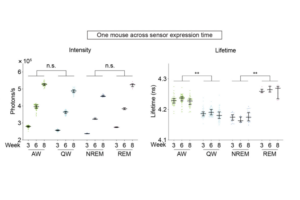
A new study from Yao Chen’s lab reveals that some fluorescent-intensity–based sensors also show fluorescence lifetime responses, expanding observations of neuromodulator activity over time and distance.
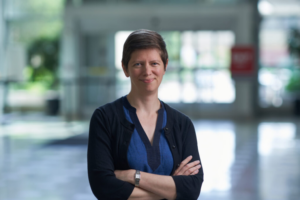
Read Dr. Martha Bagnall’s comments in Quanta on a new study capturing the role of a potassium channel in the rattlesnake’s rattle.

Assistant Professor Tavoni studies how information is encoded and processed in neural networks and the mechanisms that optimize these functions.

Findings shed light on mental illnesses, including obsessive-compulsive disorder, anxiety
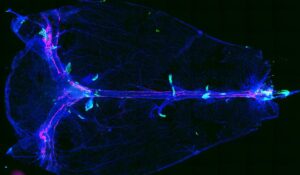
Professor Krikor Dikranian and Assistant Professor Peter Bayguinov among authors of new study in Nature describing a route that serves as a passageway to clear fluid waste from brain.
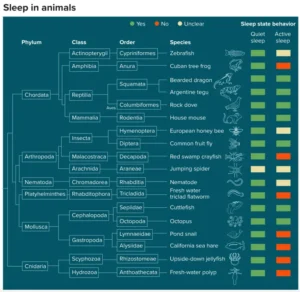
Read Professor Paul Shaw’s insights in Big Think on sleep across the animal kingdom.
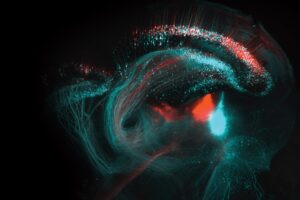
Launching a new era of progress

Read Dr. Ashley Morhardt’s comments in Discover on a new study in the Journal of Comparative Neurology.

Dr. Monosov, Associate Professor of Neuroscience, discusses his research on the neurobiological roots of curiosity on the Choose to Be Curious program.